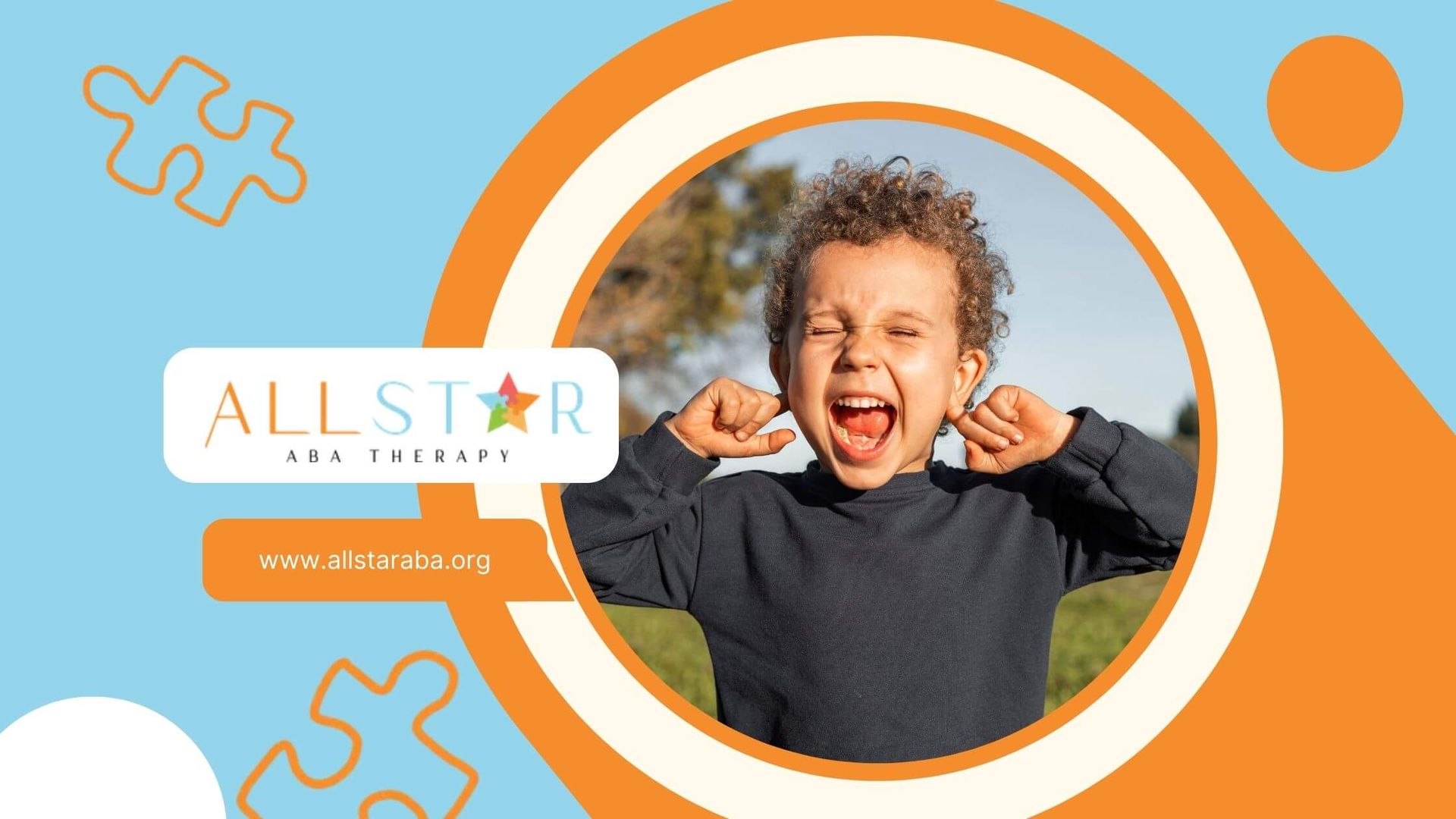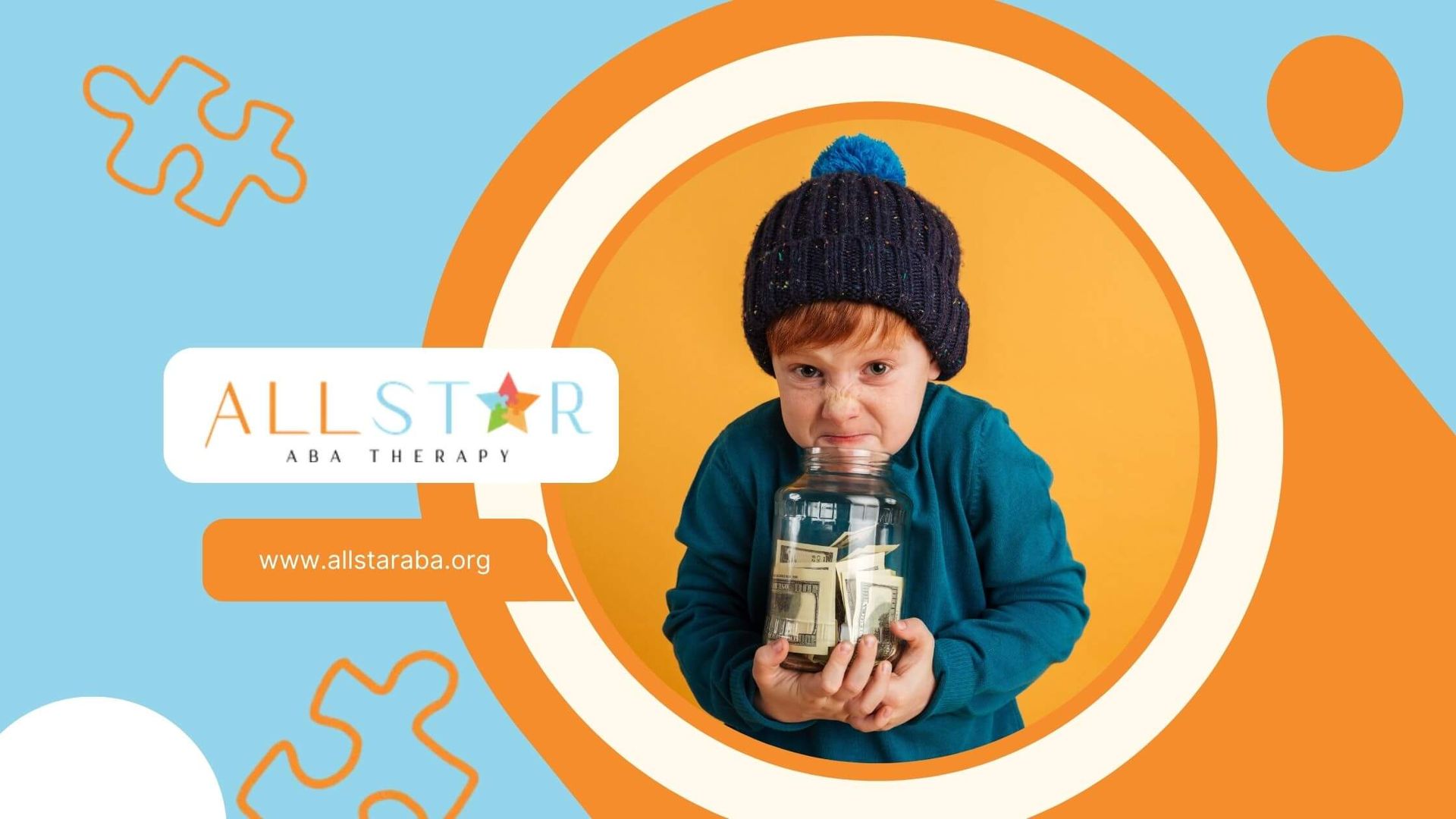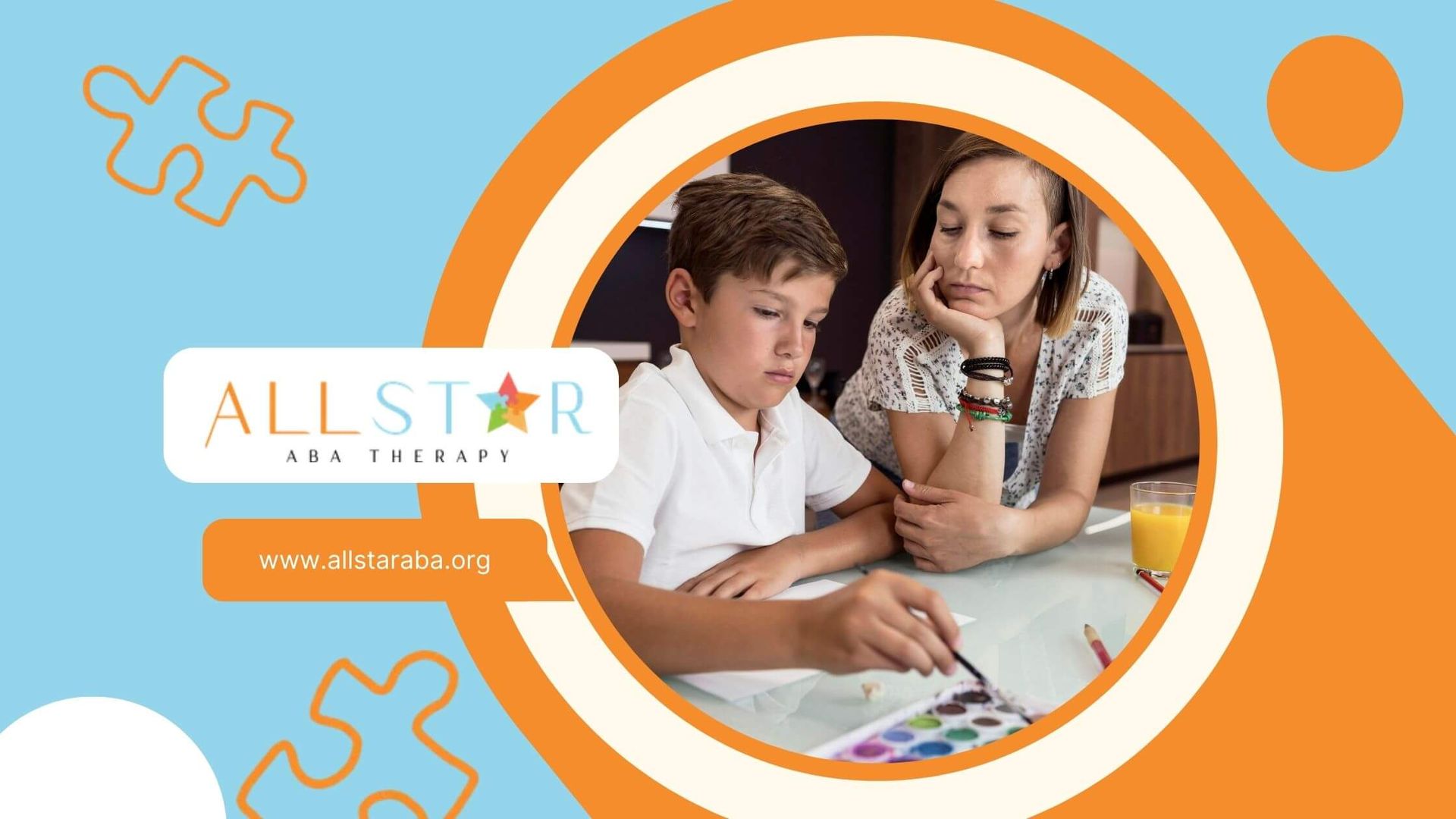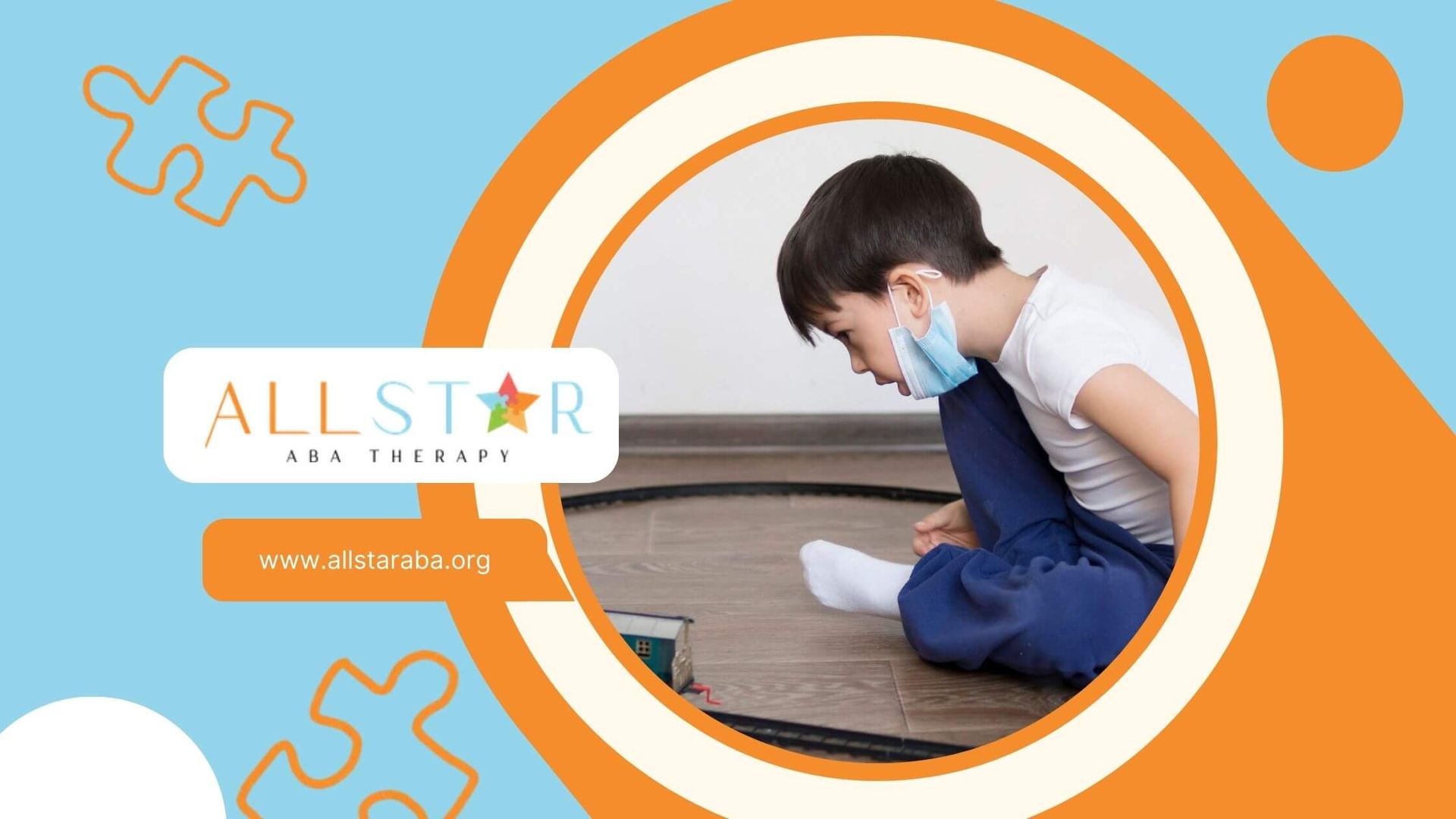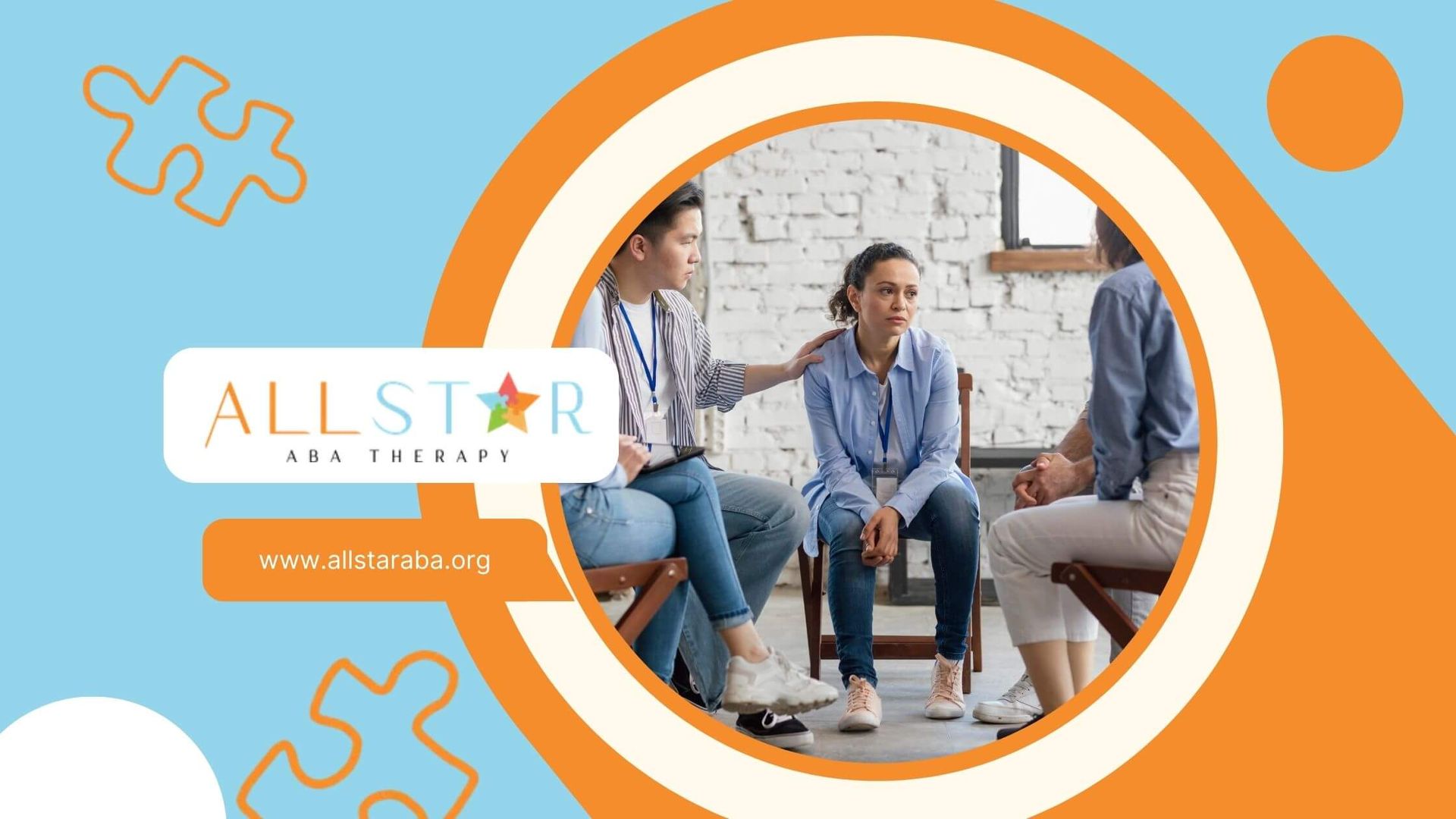New Paragraph
How ABA Therapy Works for Toddlers
ABA Therapy for Toddlers in Maryland
Early intervention can make a significant difference in the lives of children with autism. Applied Behavior Analysis (ABA) therapy is a highly effective approach for young children, especially toddlers, to develop essential skills and improve their quality of life. This guide will walk you through the basics of ABA therapy for toddlers, its benefits, and what parents can expect.
What is ABA Therapy?
ABA therapy is a scientifically-backed approach that focuses on improving specific behaviors, such as social skills, communication, reading, and academics, as well as adaptive learning skills like fine motor dexterity, hygiene, grooming, domestic capabilities, punctuality, and job competence. It uses techniques and principles to bring about meaningful and positive changes in behavior.
How ABA Therapy Works
ABA therapy involves assessing the child’s behaviors and developing individualized treatment plans. These plans include setting goals, creating interventions, and continuously measuring progress to ensure effectiveness. The therapy often involves both one-on-one sessions and group settings to generalize skills across different environments.
Benefits of ABA Therapy for Toddlers
The benefits of ABA therapy for toddlers are vast, impacting various aspects of their development and daily life. Here’s a closer look at some key advantages:
Improved Social Skills
ABA therapy helps toddlers learn how to interact with others, share, and play cooperatively. This is achieved through role-playing, modeling, and positive reinforcement.
Enhanced Communication
Many toddlers with autism struggle with communication. ABA techniques can help them develop both verbal and non-verbal communication skills, making it easier for them to express their needs and understand others.
Reduced Problem Behaviors
ABA therapy identifies the root causes of challenging behaviors and uses positive reinforcementto reduce these behaviors. This can lead to fewer tantrums, less aggression, and better compliance with instructions.
Development of Life Skills
ABA therapy teaches essential life skills such as toileting, dressing, and feeding, which promote independence and improve the child’s ability to perform daily tasks.
Components of ABA Therapy
Understanding the fundamental components of ABA therapy can help parents and caregivers support their toddlers effectively.
Discrete Trial Training (DTT)
DTT is a structured ABA technique that breaks down skills into small, manageable components. Each trial consists of a clear instruction, the child's response, and a consequence (positive reinforcement or correction).
Natural Environment Training (NET)
NET involves teaching skills within the context of the child's everyday environment. This method uses natural opportunities to reinforce behaviors and skills in a more spontaneous manner.
Pivotal Response Treatment (PRT)
PRT focuses on critical areas that affect a broad range of behaviors, such as motivation and the ability to initiate communication. It is a play-based approach that promotes engagement and learning.
What to Expect from ABA Therapy
Knowing what to expect can help alleviate some anxiety and prepare you for the journey ahead.
Initial Assessment
The process begins with a comprehensive assessment of the child’s skills, behaviors, and needs. This helps in creating a customized treatment plan.
Goal Setting
Specific, measurable goals are set based on the assessment. These goals are tailored to address the unique needs of the child and focus on areas such as communication, social skills, and adaptive behaviors.
Regular Sessions
ABA therapy typically involves regular sessions, which can range from a few hours to a full day, depending on the child’s needs and the intensity of the program.
Continuous Monitoring
The child’s progress is continuously monitored, and the treatment plan is adjusted as needed to ensure the best outcomes.
Choosing the Right ABA Provider
Selecting a qualified ABA provider is crucial for the success of the therapy.
Qualifications to Look For
Ensure the provider is certified by the Behavior Analyst Certification Board (BACB) and has experience working with toddlers.
Questions to Ask
- What is your experience with toddlers?
- How do you measure progress?
- Can you provide references from other parents?
- What is your approach to involving parents in therapy?
Conclusion
ABA therapy can be a transformative experience for toddlers with autism, offering significant improvements in communication, social skills, and daily living activities. By understanding what ABA therapy involves and selecting a qualified provider, parents can help their toddlers achieve their full potential.
For expert ABA therapy services tailored to your child's unique needs, reach out toAll Star ABA. Our dedicated team in Maryland is here to support your child's development every step of the way.
Frequently Asked Questions
What age should ABA therapy start?
ABA therapy can start as early as 18 months, with early intervention showing the best outcomes.
How long does ABA therapy last for toddlers?
The duration varies depending on the child’s needs but typically involves several hours per week over the course of years.
Is ABA therapy covered by insurance?
Many insurance plans cover ABA therapy, but it’s essential to check with your provider for specific details.
Need Support?
We're Here to Help!
Our experienced team is ready to assist you. Reach out today to discuss how we can support your child's development and well-being.
Get started with expert ABA therapy today.



